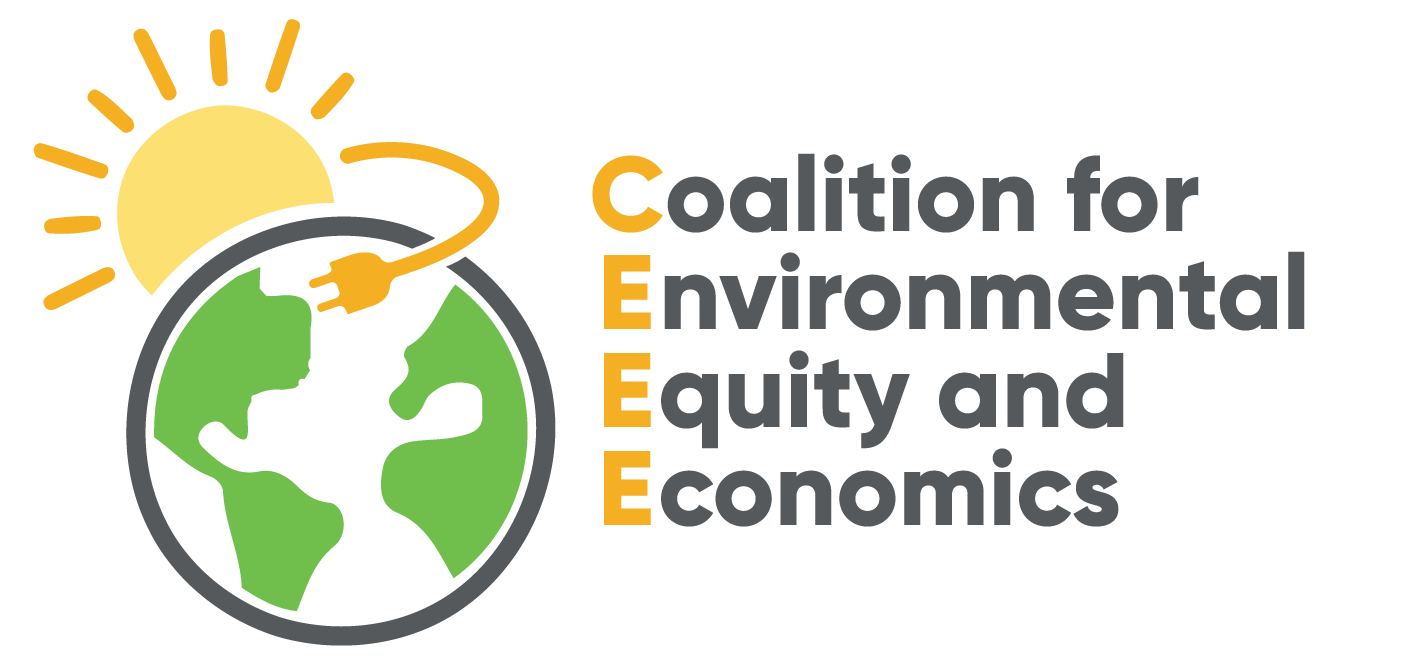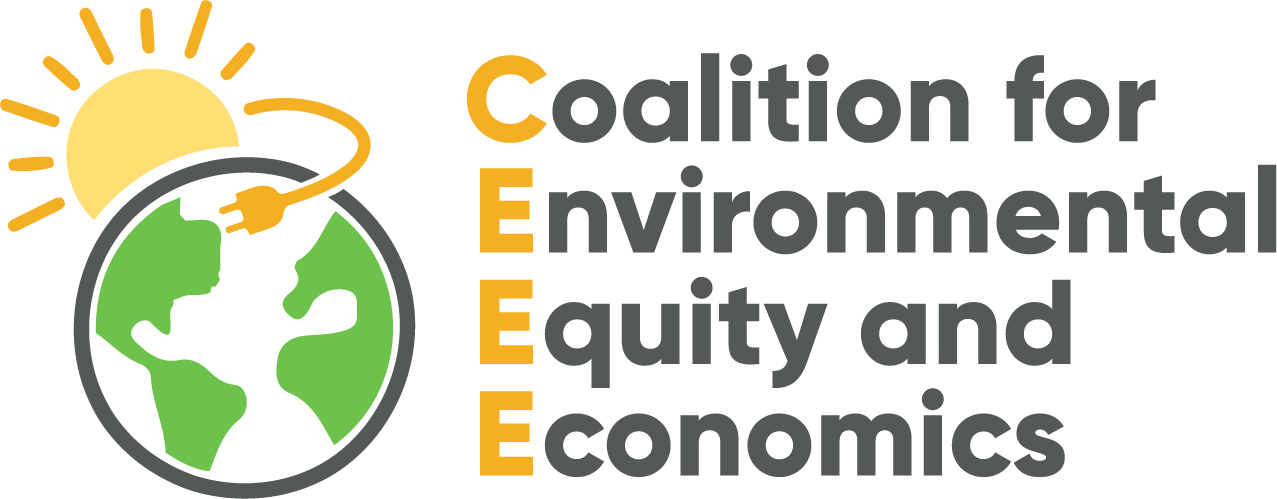Talking points
As it stands, the CPUC’s NEM 3.0 Preliminary Decision completely fails on several fronts and is nothing more than an insider deal to mollify monopoly IOU profit interests.
The CPUC’s NEM 3.0 PD is bad for several reasons:
A RIGHT-WING POLICY:
The CPUC has used the so-called ‘cost shift’ argument to the NEM 3.0 PD. The phantom cost shift is a policy advocated by the American Legislative Exchange Council or ALEC. ALEC is infamous for promoting ultraconservative corporatist policies such as private prisons, the payday lending industry, and for-profit colleges—not to mention severe austerity measures that put Wall Street interests over the interest of Martin Luther King Jr. Blvd. or Cesar Chavez Ave. In short, we don’t believe the cost shift argument and see it for what it is—a corporate public relations trick to wedge frontline communities against the rooftop solar industry.
ENVIRONMENTAL JUSTICE:
The policy significantly slows California’s transition from fossil fuels to a sustainable Green energy economy. That affects the ability of EJ communities to create grid resiliency, thus exacerbating the effects of climate change, which disproportionally affects EJ communities.
ENVIRONMENTAL JUSTICE:
Slowing California’s Green transition also significantly slows CA’s ability to decommission Peaker plants, which are located disproportionally in EJ communities. Peaker plants are major producers of NOX, SOX, particulates, and other emission harmful to public health.
CLIMATE JUSTICE:
Creates a solar tax. The NEM 3.0 PD creates the highest tax on solar consumers in the nation. This punitive and regressive action punishes consumers for transitioning to Green energy.
EQUITY:
By decimating the onsite solar market among the working and middle class, the NEM 3.0 PD not only locks in inequities but will drive the solar market back to the bad old days when only the rich could afford rooftop solar.
EQUITY:
The proposed Market Transition Credit incentive is not enough to offset the gutting of the bill credit, so solar becomes more expensive, not less, for low-income consumers and those living in the state’s most polluted neighborhoods.
EQUITY:
The NEM 3.0 PD completely ignores consumer education and protection; without a functional and well-funded consumer outreach, the enrollment into the program will not be substantial enough to improve inequity.

